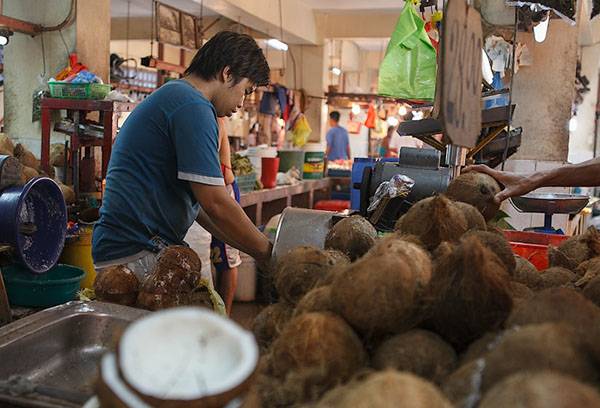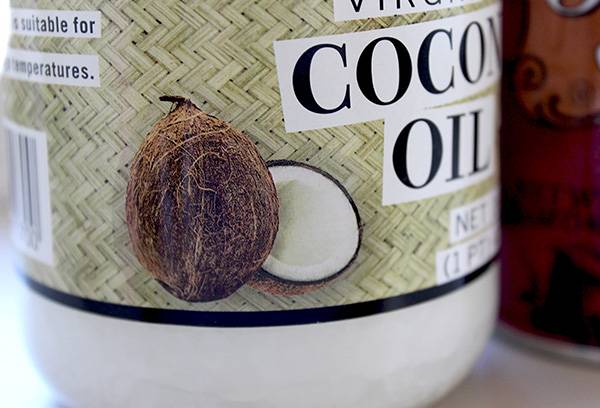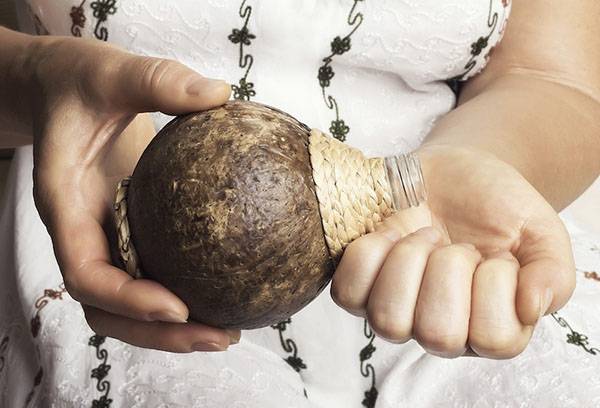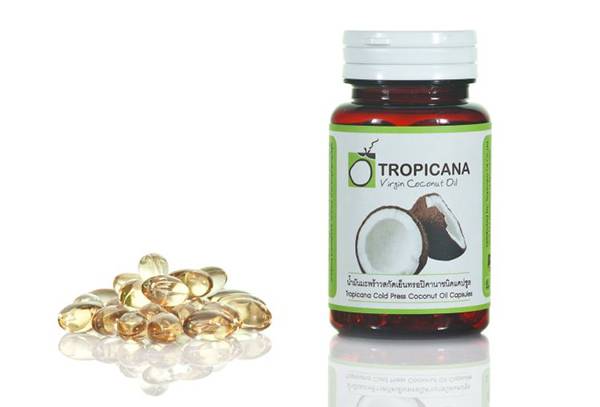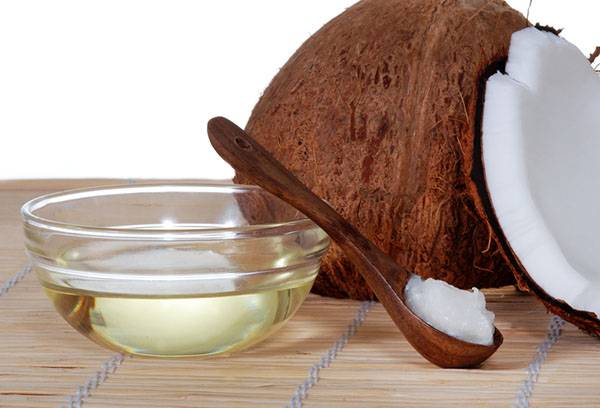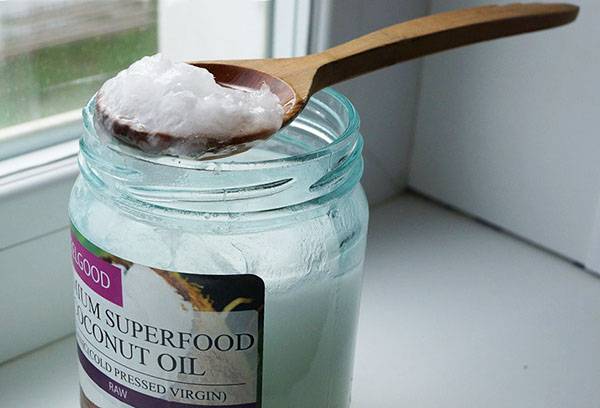How to store edible and cosmetic coconut oil?
Content:
There is no exact indication on the packaging with vials or ampoules of how to store coconut oil. The shelf life of the product depends on the temperature, humidity and illumination of the room. Coconut oil in Asia is actively used in cooking, and in our country it is often used in cosmetology. From it you can make homemade face masks and hair balms. Since coconut palms do not grow in Europe, the price of the product is quite high. It is brought from India and other Asian countries.
Cooking method
In the countries of Asia, where coconuts cost mere pennies, small family factories and large enterprises are engaged in the production of oil. Many people mistakenly confuse it with a clear liquid inside a nut. Others think that it is a liquid squeezed out of shavings of pulp. However, this is nothing more than milk, from which oil is extracted.
Oil can be made in two ways:
- boiling;
- cold pressed.
In small factories, where there is no special equipment, milk is boiled. As a result, the liquid coagulates, turning into a dense mass of brown color with a transparent golden liquid. It is liquid that is a valuable oil that you can get at home.
However, a more useful product is obtained by cold pressing, because it does not lend itself to heat treatment and retains all trace elements and vitamins. When buying medical or cosmetic oil, pay attention to the packaging. It should indicate that the product is cold pressed. It is stored longer and has more useful components.
Storage recommendations
The packaging for a professional skin or hair care product has storage recommendations. If for some reason they are not indicated, it is important to find out on your own how to properly store coconut oil. One hundred percent ecological product without impurities and flavorings can be stored for two years. Coconut oil is not capricious in storage, does not oxidize and does not become bitter.
Tip
Screw the lid of the jar or bottle tightly so that no air gets inside.
For storage, choose a bottle of glass with a cork. It will protect the product as much as possible from oxygen. The spinning lids of the cans and bottles let air through, which leads to the oxidation of coconut fat.
Coconut oil freezes at temperatures below 24 degrees. If you open the jar and find that the product has thickened, and the transparent golden color has changed to milky white, do not worry. Useful components from this do not disappear.
Temperature and humidity
Coconut fat can be stored in both solid and liquid form. This does not affect its quality. The consistency of the product depends solely on temperature conditions. Up to 24 degrees, it remains dense, and after 25 the slow melting process begins. The optimum storage temperature is from 4 to 20 degrees. Storage can be a kitchen cabinet, a shelf in the pantry or a refrigerator.
If the oil was stored in a refrigerator, it must be melted before use. It is advisable to do this in a water bath or by placing a cold bottle on a warm battery. Only in liquid form is fat absorbed into the skin or hair. Room humidity should not exceed 60 percent.
The container in which the product is stored must be darkened. Direct sunlight leads to an indispensable deterioration in quality.The jars should not be stored on the dressing table or shelf, hide them on the refrigerator door or inside the cabinet. Do not worry about the contents of the capsules, it is protected by a dense shell.
Packaging
Many people buy coconut oil for bottling. This method of sale is practiced in Asian countries, where the product is sold in each store. After purchase, it must be poured into a container suitable for storage.
- The container should be made of dark glass (plastic jars are not suitable).
- The cap should close tightly (ideally, instead of the cap, there should be a plug on the thread).
- Make sure that the vial in which you pour the oil is clean and dry.
It is advisable to observe these rules for the storage of environmentally friendly product obtained by cold pressing. Track the composition on the package. If the product contains preservatives, do not extend the shelf life by pouring it into another package.
Capsules and ampoules
Buying coconut fat in capsules or ampoules, you risk buying a fake or low-quality product. Break into one capsule to ensure quality. Leaked fluid should be transparent and have a golden hue. If the color is bright yellow, then the product is not suitable for further use.
Do not discard the cardboard packaging, it protects the contents from sunlight. Do not store ampoules in the refrigerator. This can only be done at the end of the expiration date (three months). Packs of capsules can be stored in a medicine cabinet or in a dark place (in cabinets). After opening the ampoule must be used, it is allowed to store no more than 12 hours.
Home product storage
Making homemade butter is pretty simple. From one medium-sized coconut, you get about 30 ml of the finished product. The pulp of a nut should be grated and squeezed through cheesecloth. White liquid is coconut milk, which is sometimes confused with water inside a nut. Milk is boiled over a small fire until it begins to darken. The mass is divided into lumps and a clear brownish liquid. After cooling, the contents of the pan are squeezed through a gauze cloth to obtain oil.
Pour the squeezed out oily liquid into the darkened glass bottles. It is advisable that they shut up with plugs that do not allow air to pass through. The use of plastic containers is strictly prohibited. Homemade oil should be used within 2 weeks after cooking.
Food storage
Food must be stored in the refrigerator. Only hot pressed oil is used as food (it can also be prepared independently according to the recipe described above).
Despite the long periods and unpretentious storage conditions, do not stock up on a huge number of bubbles overnight. The fresher the product, the more useful it is.
